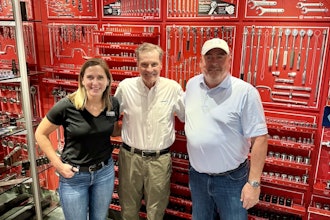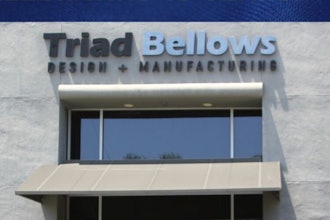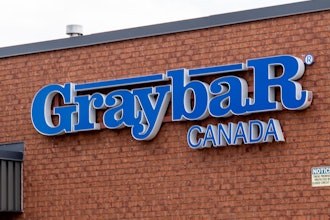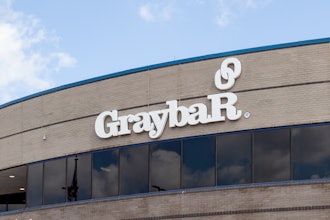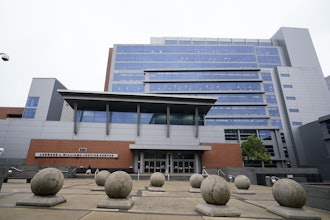Maximizing profits is the main point of running a business. If you’re running a warehouse, this will probably be your main goal, too. Competition is plentiful, and you’re always on the lookout for a way to get ahead. But how do you make bank without harming productivity or the quality of your work? It’s as difficult as it sounds. But, with a well-planned strategy, you too can reduce expenses in your workplace. Here are some things you can focus on to achieve this.
1. Protect Inventory
You can’t function as a business without a well-stocked inventory. Still, some losses are a predictable expense and you can’t entirely eliminate them. Things like misplacement and theft are hard to get rid of, but not impossible to mitigate. Unintentional damage can be avoided with proper packaging and careful storage. Theft is both an employee factor and an external threat. Use proper control and alarm systems to keep it to a minimum. Warehouses are prime targets for thieves because of the variety of goods they have.
Thieves can also come from the inside. A good way to make sure this is prevented is state of the art internal security systems. Things like key-card controlled doors are a must. You have to keep your eyes on the workplace. Cameras should be at all major control points. If the warehouse isn’t run 24/7, then consider getting guards. They can switch on rotational shifts. Eight hours per guard is probably enough to keep your valuable products safe.
2. Reduce Labor Costs
Most of your operating budget will go towards labor. Now, this leaves you with two decisions to make. Either you reduce pay or find a way to increase work efficiency. The first option is probably a big no-no if you ask your workers. Discontent workers will lead to lower efficiency and morale, so it’s best you keep their wages up. The other option is way more palatable. Have workers use their time more efficiently. Idle workers are the devil’s playthings. Organize their workloads better and you’ll find that there won’t be any time wasted.
There are other ways to keep labor costs down. Hiring people and training them costs you time and money. Time is money, so money is what you primarily lose. Having experienced employees costs you less, so try focusing on employee retention. Cross training and productivity seminars should be offered to current workers to further increase efficiency. With the advancement of technology, certain systems can be automated. Take advantage of this as it is the ultimate way to reduce the cost of labor. The occasional maintenance check is all you need.
3. Wiser Use of Equipment
It costs a lot of money to use high-quality equipment. Luckily, there are some ways to reduce expenses without hampering quality work. If a piece of equipment is multi-functional, try to get the most out of it at one time. It’s better to use one thing for two jobs instead of using a separate machine to help out. Maintenance is an essential part of having machinery. Things break down and you want to prevent that instead of fixing it when it is already broken. Set up a regular maintenance schedule. Vendors that service your equipment might give you better deals if you guarantee regular business.
There is an age-old dilemma when it comes to using equipment semi-regularly. Do you buy a forklift, or just rent it? If a piece of machinery is used every day, the cost of buying it is negligible compared to leasing it every day. The opposite holds true as well. You won’t be buying something you will only use once a year, as it shouldn’t stand around gathering dust. Forklifts, for example, are considered pretty essential to everyday work. Companies like MLA Holdings have a variety of forklifts you can choose from. You can lease or buy them, depending on how long you need them for certain jobs.
4. Going Green
Saving the environment is all the rage nowadays. Helping to reduce your carbon footprint will do more than just save your conscience. Going green also helps your wallet feel even greener. If you reduce energy costs, you’re saving lots of money on the power bill in your warehouse. You can do lots of things to achieve this. Get better insulation on your walls to reduce heat loss. An automatic lighting system might take effort to install, but it will save you time and money in replacing light bulbs and electricity.
Windows might not seem like a big deal, but natural light has its benefits. Other than making you feel better while working, it will also let in more heat during the winter. Water is extremely important as well. Automatic flushing toilets are the future. Less water wasted and more money saved. Hands-free faucets are easier to clean and save quite a bit of water. Most diseases are spread by touching things with your hands, so this might even cut down on sick days.
Conclusion
The economy is improving ever so slowly, and labor costs are rising. Getting more money out of your work is getting difficult. To be lean and competitive, companies that hold warehouses have to be able to accomplish more with what they have. Focus on what is eating away at your money and try to reduce it. With enough effort put into them, these cost-saving measures will save you tons of money.
Adam Robinson oversees the overall marketing strategy for Cerasis, where this article originally appeared.













